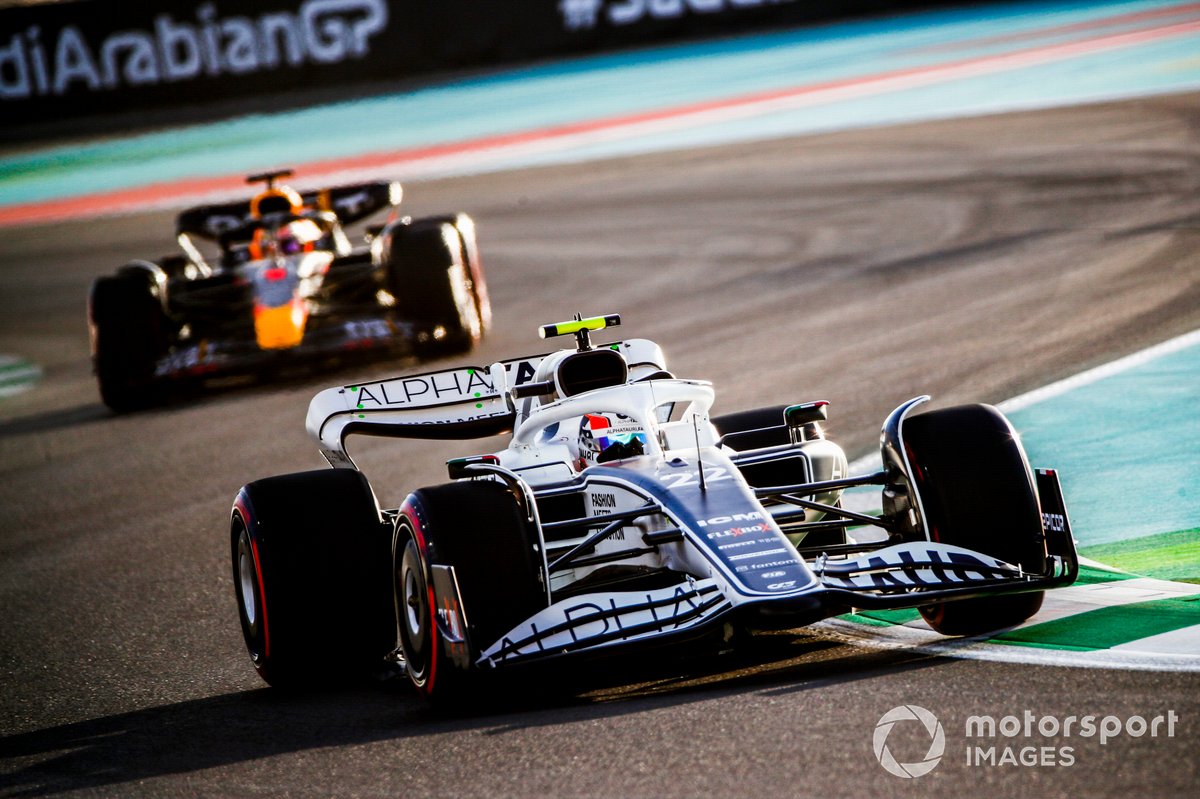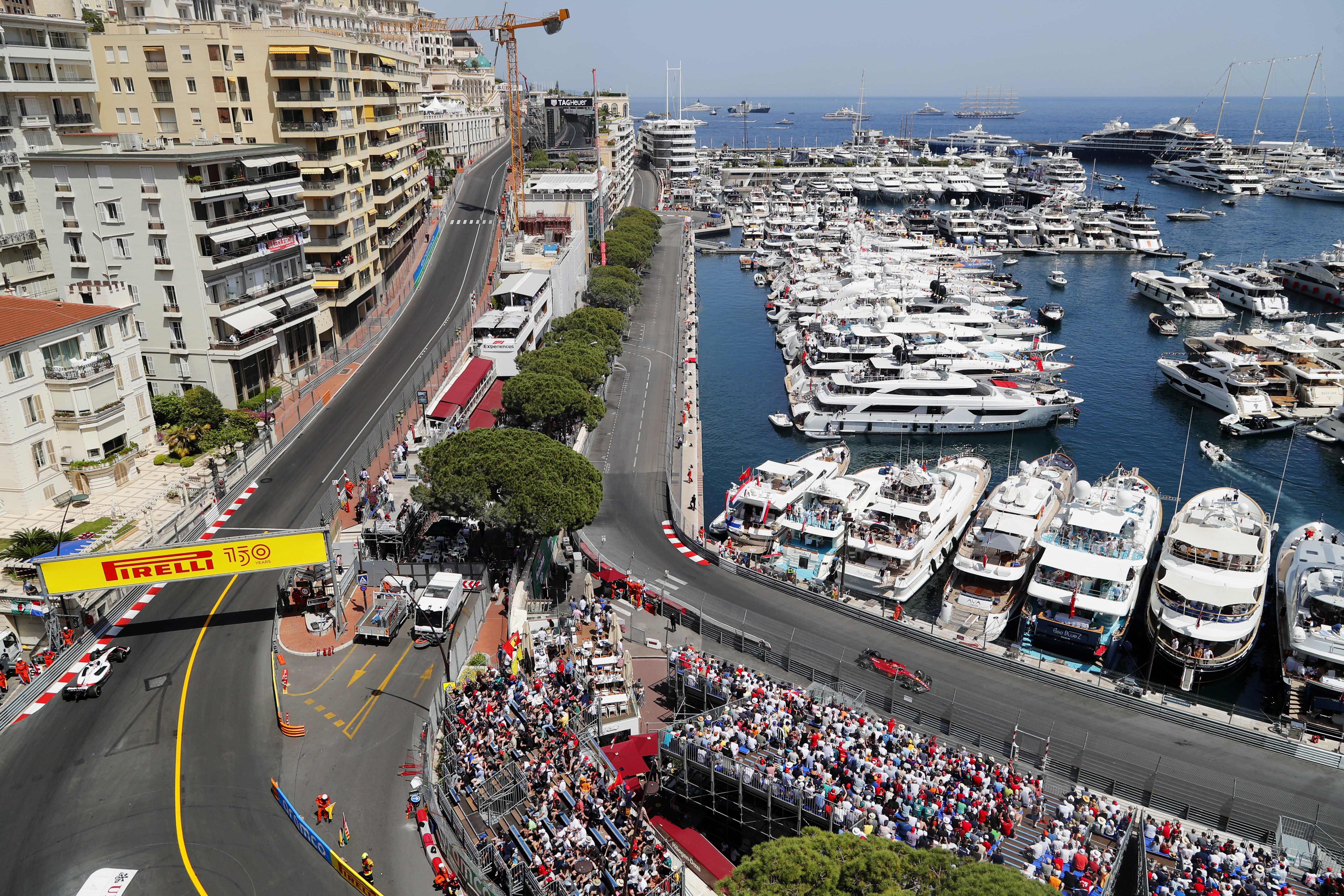The matter has polarised the teams, with Alpine and Alfa Romeo the most vocal in attempting to ensure that there is no change to the headline 2022 figure of $140m, plus an extra $1.2m for the 22nd race. Meanwhile Red Bull, Ferrari and Mercedes are leading the push for an increase, and their pleas have been getting increasingly frantic as the clock continues to tick and they see where their costs are heading as global inflation kicks in.
All teams agreed to a reduction from $175m to the current level at the height of the global COVID lockdown in 2020, at a time when it wasn’t clear what kind of season we would eventually have, and thus how much income would be coming in. Just a couple of years later, we have a full schedule, huge crowds are back at the venues and sponsors are queuing up to come in. Teams are arguably in a healthier state than ever before.
Against that background, it’s perhaps not surprising that the big players are frustrated that they can’t direct more of their substantial funding into making their cars go faster while balancing out those rising costs. Red Bull boss Christian Horner suggested in Barcelona that several teams would have to miss four races in order to stay under the cap, although in Monaco he clarified that he was just trying to give us some perspective on how much teams are currently expecting to bust the cap by.
There is clearly some logic to the argument for an allowance for inflation. But how significant should it be, how it should be applied and what kind of precedent it would set in terms of further rises in future years are all questions that remain unresolved.
The bigger picture is the principle of the cap. It shouldn’t be forgotten that several teams and their owners committed to a long-term future in grand prix racing on the basis that spending would be reined in, and it would no longer be a bottomless pit of investment. Instead, F1 would be about efficient spending and making effective use of your resources, potentially giving erstwhile midfield teams a chance to take on the traditional frontrunners.
Renault’s bosses committed to the Alpine project on that basis, while individual owners like Gene Haas and Finn Rausing of Sauber/Alfa Romeo could justify staying involved by knowing that in theory they could compete with the big boys. It’s thus entirely understandable that those teams are now trying to keep a lid on the current cap and are concerned that any change will be followed by further rises.
The two camps have very different takes on the impact of inflation and how it should be viewed, with some saying we knew it was coming and others blaming the unforeseen conflict in Ukraine.
“Obviously there’s a couple of teams that are against,” says Horner. “And I think the voting process within in-season changes in the budget cap obviously requires a certain threshold, which currently there isn’t.
Red Bull boss Horner and Ferrari counterpart Binotto both argue that the current situation constitutes force majeure, but Vasseur disagrees
Photo by: Mark Sutton / Motorsport Images
“But of course, you’ve got to look at the bigger picture – is this a force majeure event? I would say an act of war that has driven the inflation will be classified as a force majeure event.”
Alfa’s Fred Vasseur counters: “It’s absolutely not a case of force majeure, because inflation is not a case of force majeure. We knew perfectly in November or October when we did the budget that will have inflation. And now it’s up to the teams to decide if they want to develop the car all the season and to miss four events or if they want to slow down now and to do the full season.
“Honestly, I think that at one stage that we have to agree on the fact that we won’t try to change the rule. It was exactly the same story with the weight, the way it was clear, some teams didn’t achieve it, they wanted to change the minimum weight, and the numbers of teams were not able to achieve the target. It’s not a topic that if you have eight cars under the weight after the qualifying the eight cars will be disqualified.”
Vasseur’s argument is that teams can always rein in development.
“The difference is that we are not speaking about budget cap, we are speaking about budget, on our side,” he says. “It means I won’t be able to spend what I have. And if we have some increase and I can understand their situation, but if we have some increase on energy or freight, the best solution is to switch off the wind tunnel to stop bringing updates every single weekend.
“We are in this situation and sooner or later we will have to stop the development of the car, because we will be at the limit of our budget. And I think everybody can do the same.”
Alpine boss Otmar Szafnauer has been fiercely defending his team’s position, and like Vasseur he says inflation could be factored in well before the season.
“Most teams do their budgets in November, December timeframe for the following year, and we are no different,” he says. “And at that time, inflation was already at 7% plus. The RPI [retail price index] in England was 7.1, 7.2%. We took that into consideration when we did our budgets and laid out all the development work that we were going to do.

Szafnauer and Vasseur both contend that it would not be fair to change what F1 teams agreed to when teams signed up to the cost cap
Photo by: FIA Pool
“And we’re still within it, even though freight was a little bit more expensive than we thought, we’re still under the cap. And we plan to be there at the end of the year. And we’ll adjust the development accordingly, just like Fred said, so I think it can be done. Where there’s a will there’s a way, and we set a budget cap and we should stick to it.”
Szafnauer is adamant the regulations should be adhered to.
“We all sat around for a long time trying to get the cap to the right level,” he says. “We discussed inflationary pressures. There’s a mechanism in the cap itself to deal with inflationary pressures, and I think to stick with the rules that we have, that we’ve debated for a long time. The big teams had a different view on where the cap should be, the smaller teams wanted it at $100m I remember.
“And we came to a compromise, including inflation, what we do with inflation, and the first time we face inflation, that’s a little bit over two and a half percent, we want to change it. I think that’s wrong. I think we should stick to the rules as they were written and see this through. And I don’t think it’s opportunistic for teams to say, ‘don’t change the rules mid-season’.”
Some tweaks that don’t involve the headline budget cap figure are under discussion too. One is to take some or all freight costs out of the cap – freeing up the sums that would have been included in the $141.2m for other purposes. With the run of six flyaway races at the end of the year still to come, and teams not yet knowing what it will cost them, that represents a useful saving.
Teams who buy gearboxes and other components from rivals have to declare a notional value for them, in effect what it would have cost them to develop and build them internally. Although it doesn’t help the big players like Red Bull, Horner suggested that adjusting some of those values would take the pressure off teams that do buy from outside.
“For the smaller teams, there are levers that the FIA have,” he noted. “The components that are transferred, for example, gearboxes, suspension, the old listed parts components that carry a substantial tax – a cost cap tax, not a real money tax, but a cost cap tax.
“Maybe that’s something that the FIA could look at, in revaluing those, because teams that are even P7 in the championship are looking at breaching the budget cap at the moment due to some of that effective taxation.”

Horner believes a reduction in the tariff applied when customer teams acquire certain items would help them
Photo by: Sam Bloxham / Motorsport Images
As noted, such tweaks won’t help the three biggest players as they try to stay under the cap. In reality the only solution will be an agreement across all the teams on a change to the headline number, one presumably brokered by F1 CEO Stefano Domenicali and FIA president Mohammed Ben Sulayem. However, that still seems to be far away as the opponents dig their heels in.
Ferrari boss Mattia Binotto is clearly frustrated, suggesting that those teams now blocking change are not playing fair after big players made concessions when it was seen to be necessary.
“I would like, again, to reinforce whatever is the situation, small teams, top teams that it’s a sense of responsibility that we’ve got all towards the regulations and F1,” he says. “As I think we had at the time, 2020, when we were reduced [from] 175 to 145 [for 2021]. It was certainly not in the interest of the top teams to reduce to 145. It would have been so simple for us simply to stop it and keep 175, and today, there will there be no discussions at all.
“I think we made an effort, because we understood the importance of it. We understood the importance try to balance a bit more the cap and the financial situations within teams. But I think as we did at the time, now we are experiencing the regulations, we know where the limits are, what needs to be improved.
“And I think as an entire community, all the teams should understand that, and be responsible. If a team is simply looking at its own individual interest, we will never move on. The thing that as Ferrari we accepted, even in 2020, to freeze regulation when we knew that our car was very bad [and] put all the criticism on our shoulder for an entire season.
“But we did that for the simple sense of responsibility. If someone is not doing it today when there is such a situation, which is force majeure, which is obvious, which everyone can understand, I would simply not understand it.”

Binotto has not shied away from voicing his displeasure with the current stand-off
Photo by: Carl Bingham / Motorsport Images





